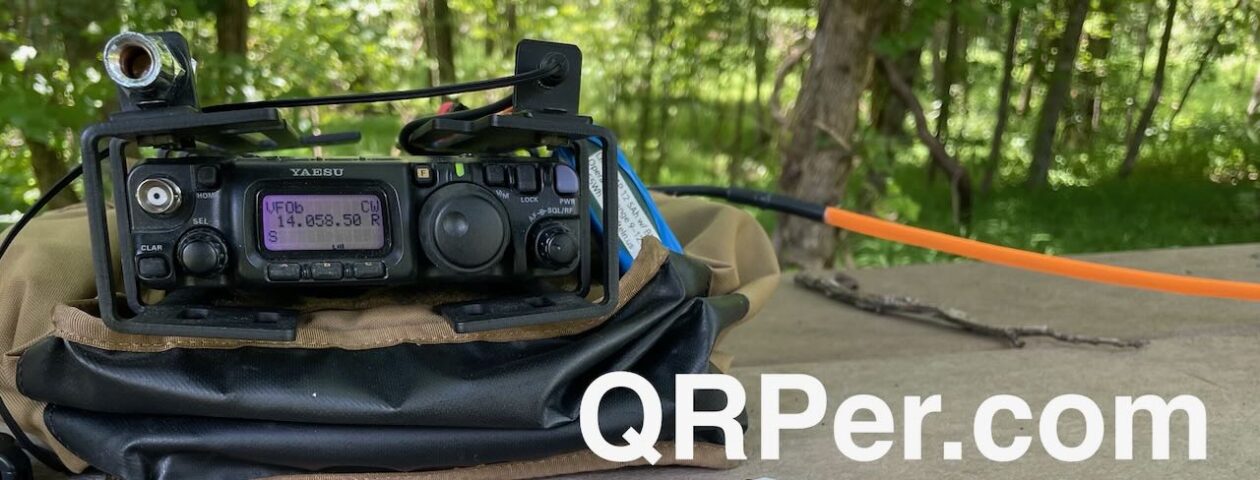 Yesterday, John (WA3RNC) opened orders for his long-awaited Penntek TR-45L 5 band, CW-only, QRP transceiver.
Yesterday, John (WA3RNC) opened orders for his long-awaited Penntek TR-45L 5 band, CW-only, QRP transceiver.
As I mentioned yesterday, I’ve had the pleasure of helping John beta test this radio for the past month. In that time, I’ve gotten to know the radio from the inside out and have even taken it on a few POTA activations. In fact, with John’s permission, I just posted my first TR-45L activation video for Patreon supporters yesterday. The radio was using an early firmware version in that video.
TR-45L Video Tour and Overview
 Yesterday, after an early morning appointment, my schedule opened up; a rarity in my world.
Yesterday, after an early morning appointment, my schedule opened up; a rarity in my world.
I then got the idea to take the TR-45L out to a park, do a full video overview of its features, then put it on the air in a POTA activation.
Hazel loved this idea too.
So I packed the TR-45L, a log book, my throw line, and two 28′ lengths of wire. Hazel jumped in the car before I could invite her.
I’ve used a wide variety of antennas on the TR-45L over the past weeks, but I hadn’t yet performed a park activation only using two lengths of wire and relying on the TR-45L’s optional Z-Match manual antenna tuner. This would make for a great real-life test!
Quick note about video timeline
 Side note for those of you who follow my field reports and activation videos…
Side note for those of you who follow my field reports and activation videos…
I pushed this video to the front of the line since the TR-45L just hit the market. I wanted to give potential buyers an opportunity to see and hear this radio in real world conditions thinking it might help them with their purchase decision.
I’m currently about 7 weeks behind publishing my activation videos. Much of this has to do with my travel schedule, free time to write up the reports, and availability of bandwidth to do the video uploads (I’ve mentioned that the Internet service at the QTH is almost dial-up speed).
I was able to publish this video within one day using a new (limited bandwidth) 4G mobile hotspot. Patreon supporters have made it possible for me to subscribe to this hotspot service and I am most grateful. Thank you!
So that I can publish this report quickly (this AM), I’m not going to produce a long-format article like I typically do. Instead, this is one of those rare times when the video will have much more information about the radio and the activation than my report. I’ve linked to and embedded the video below.
Now back to the activation…
Continue reading The New Penntek TR-45L: A Video Tour/Overview, then a full POTA activation!































